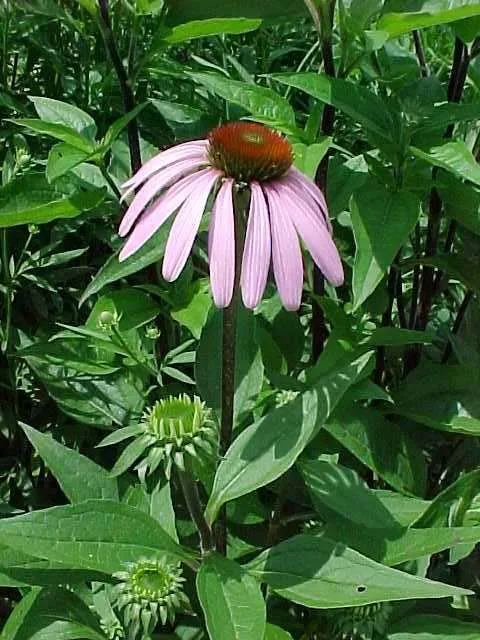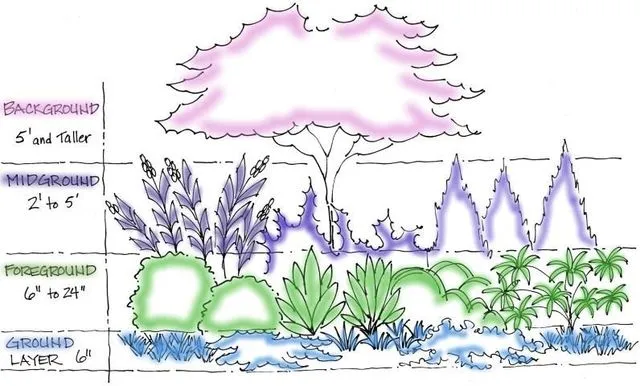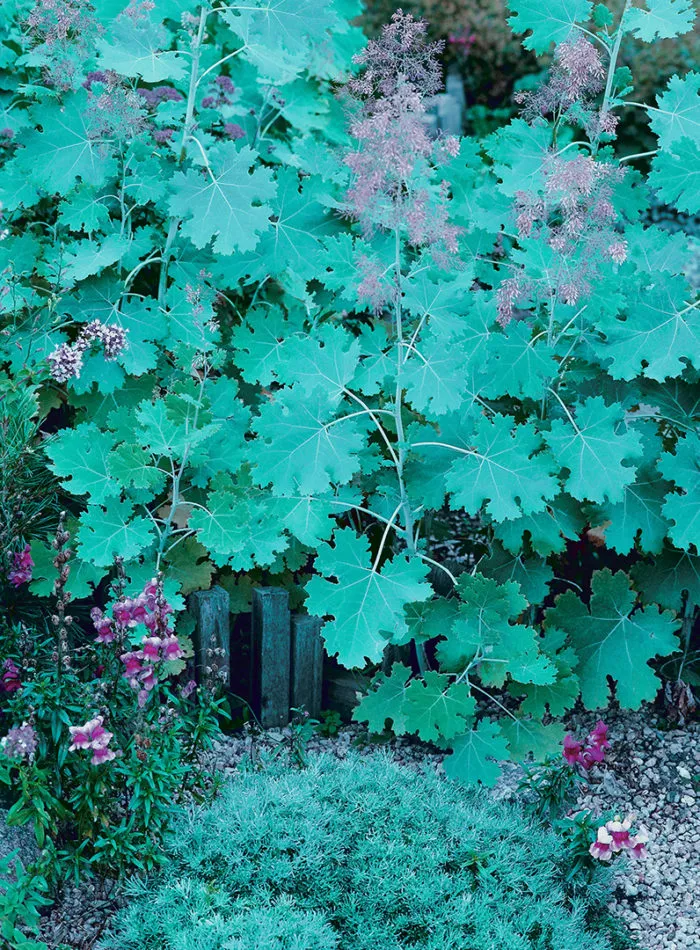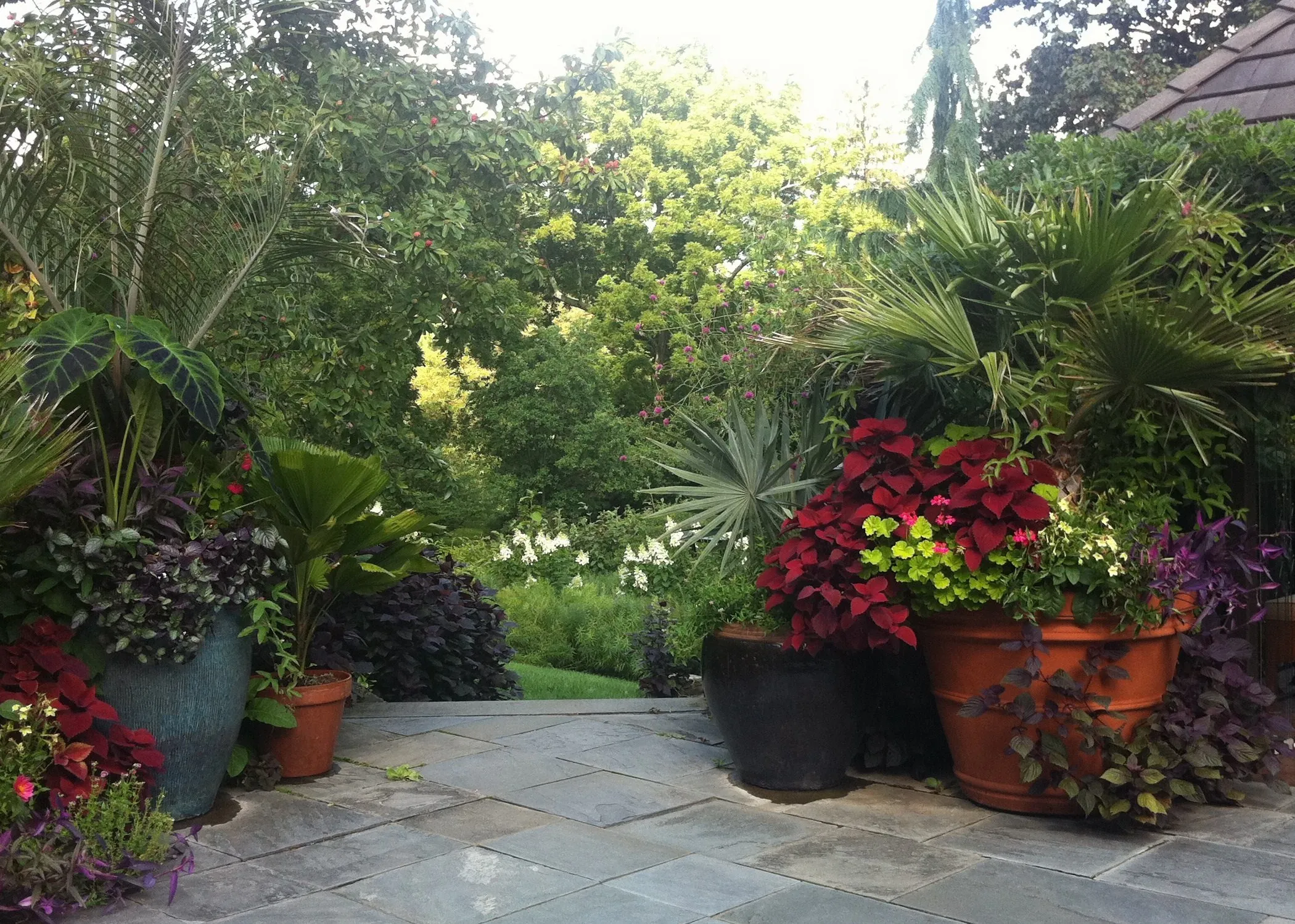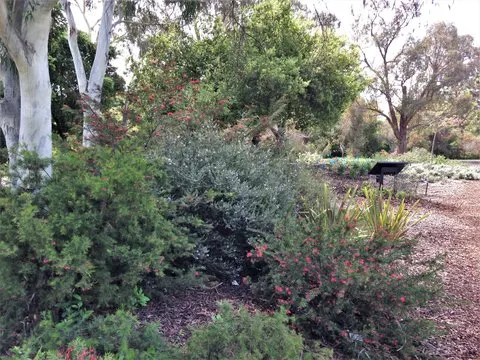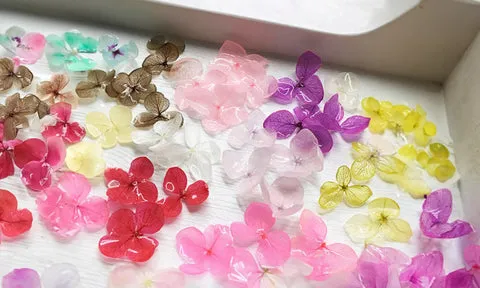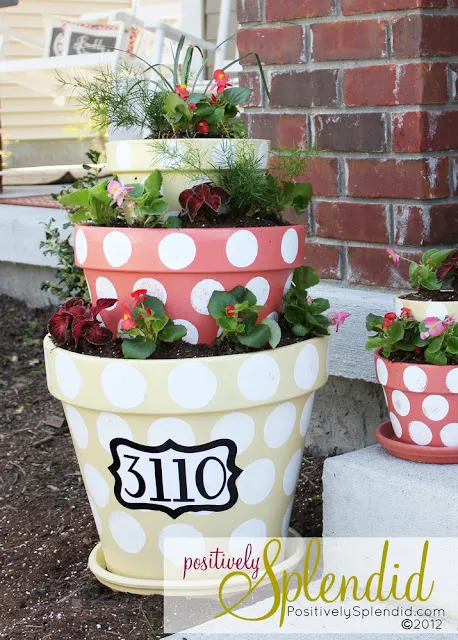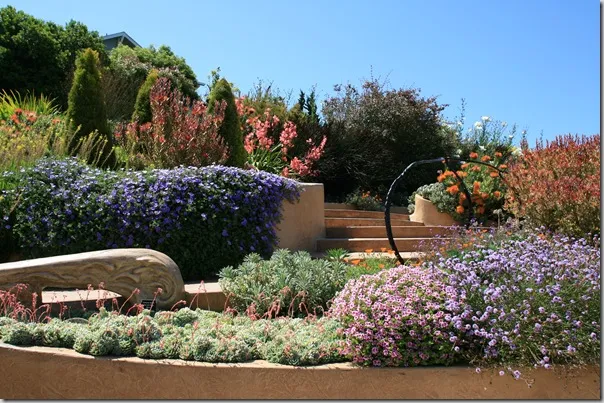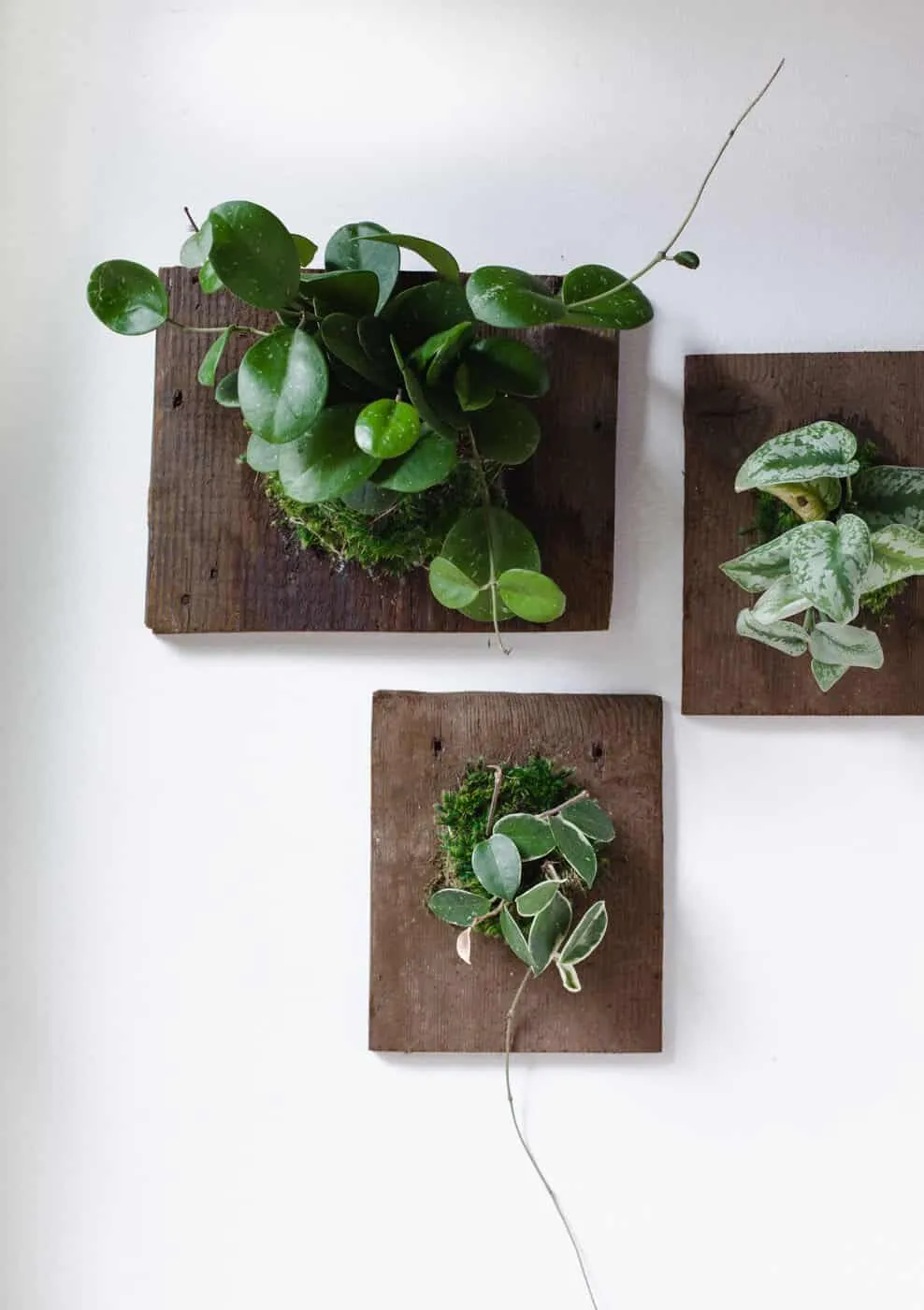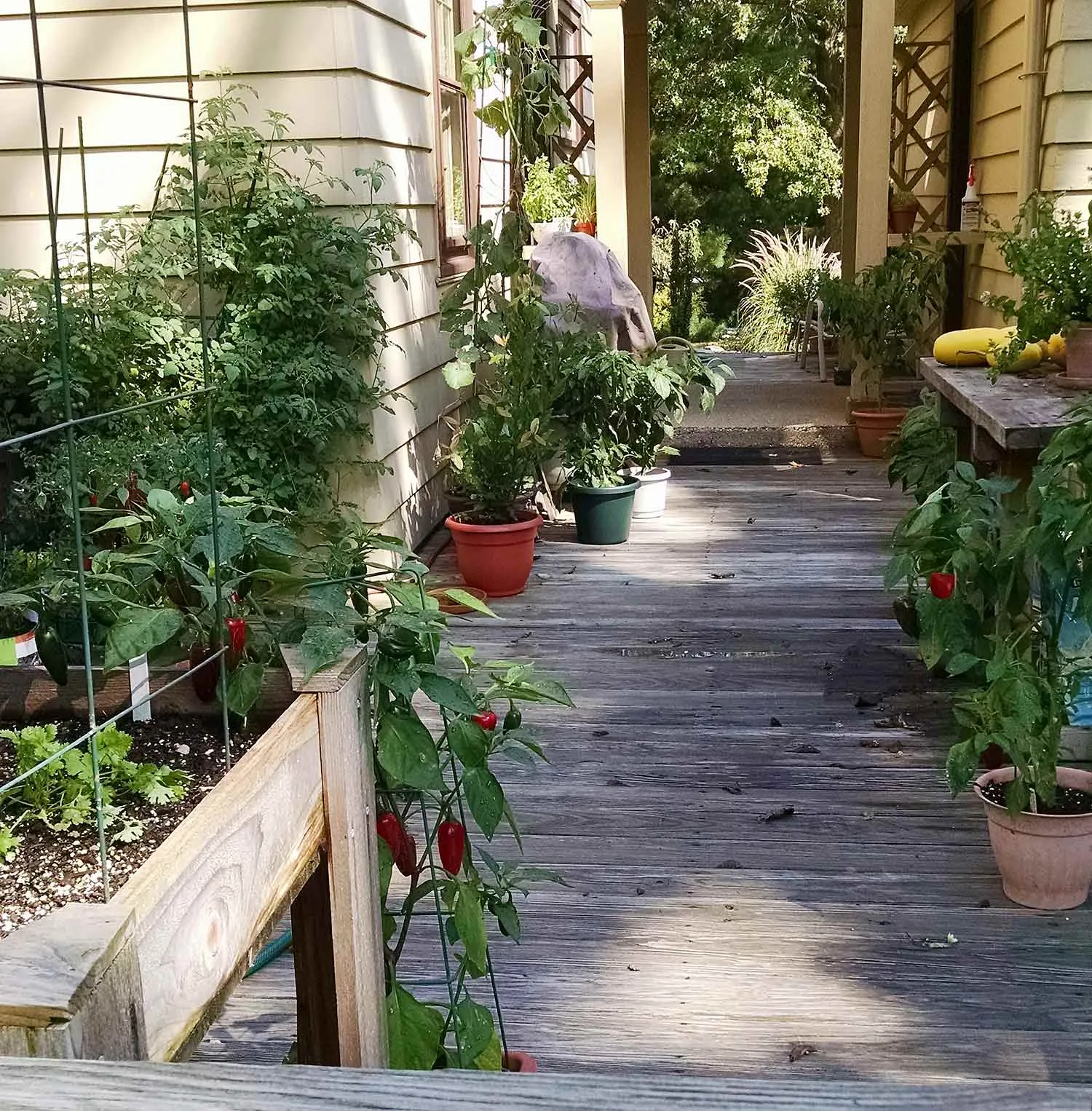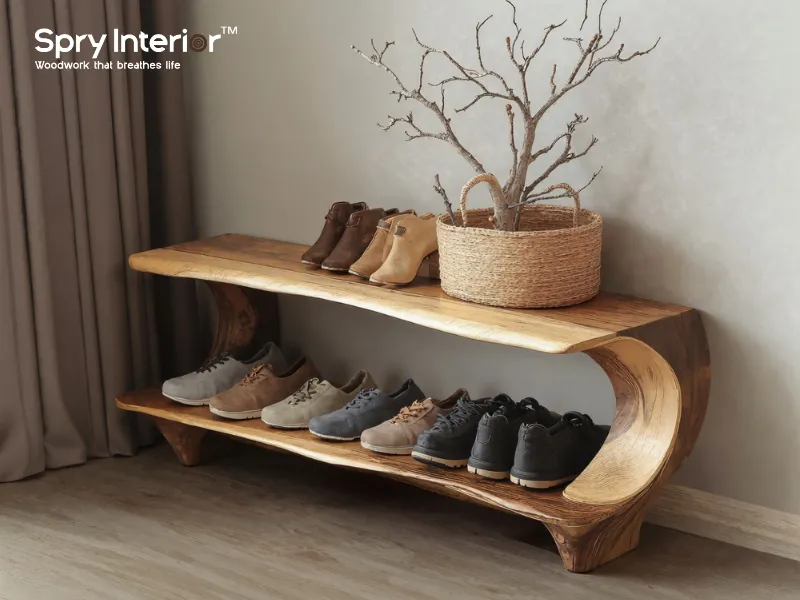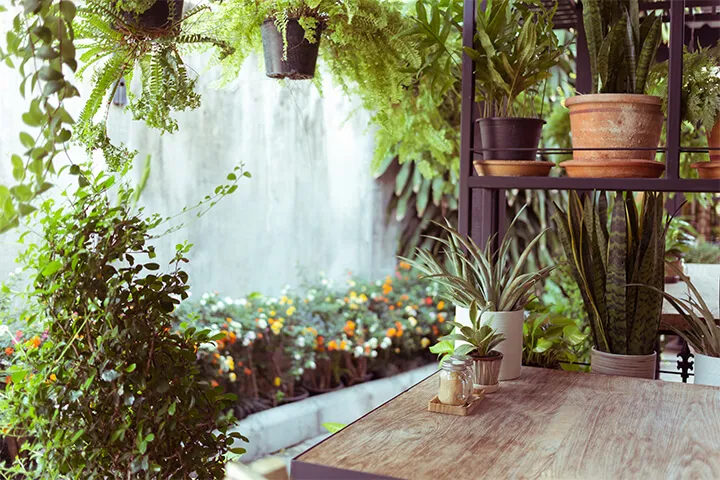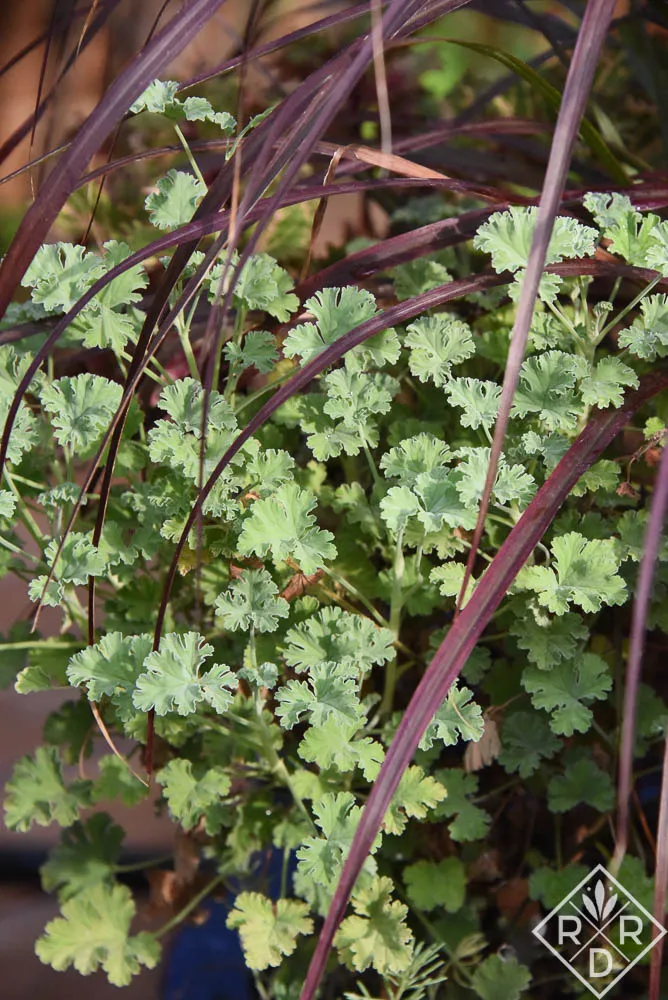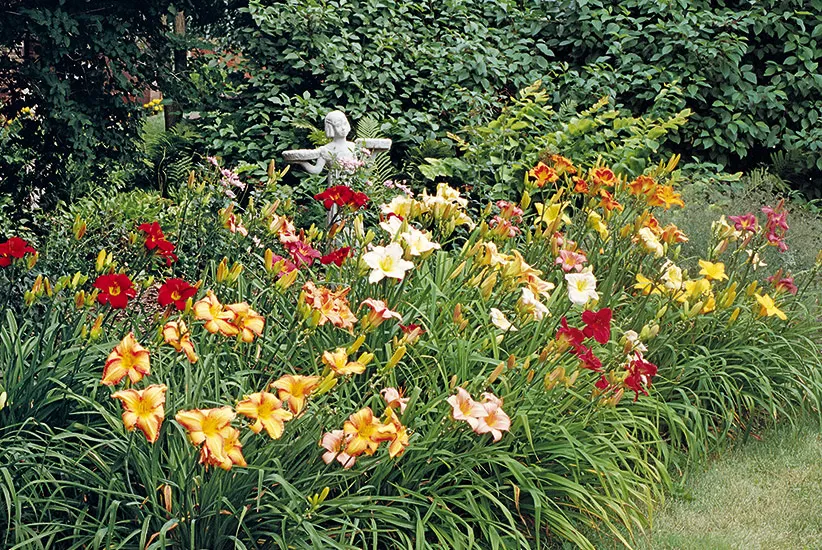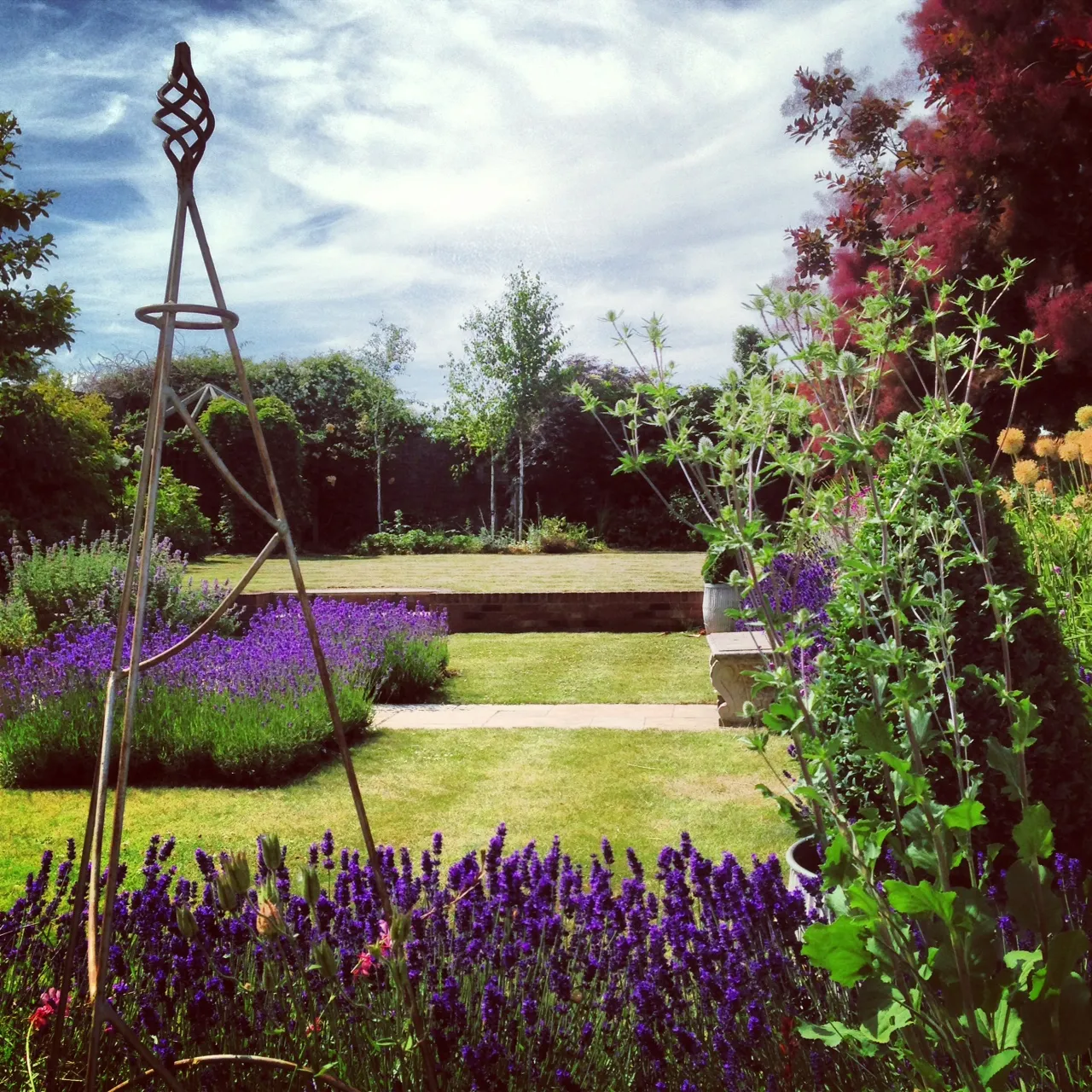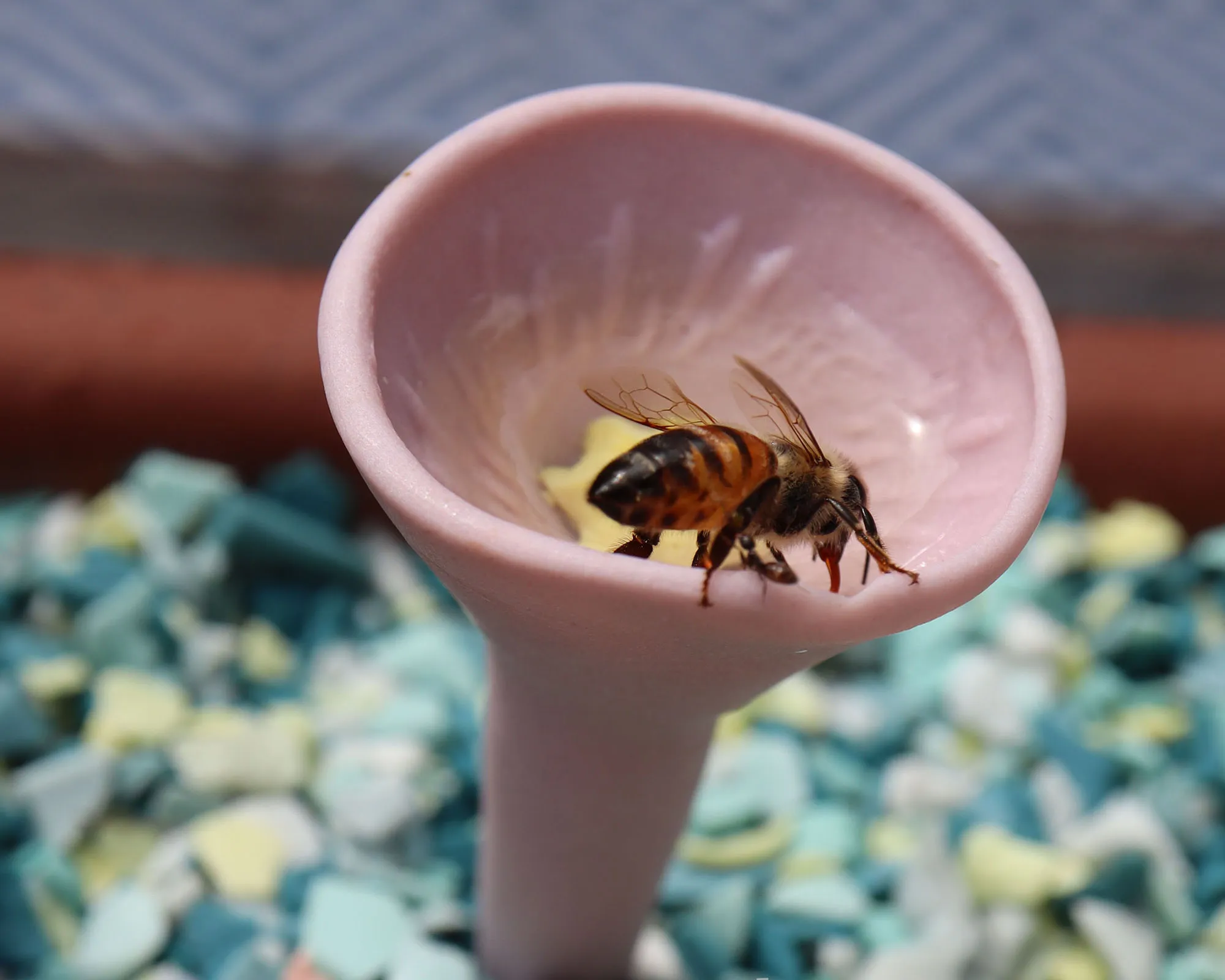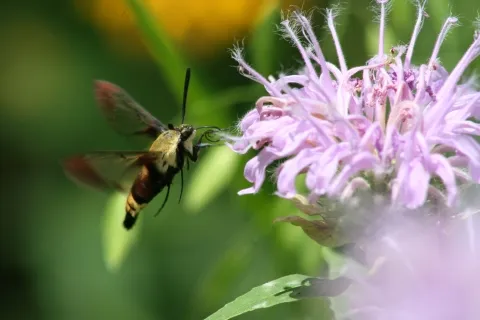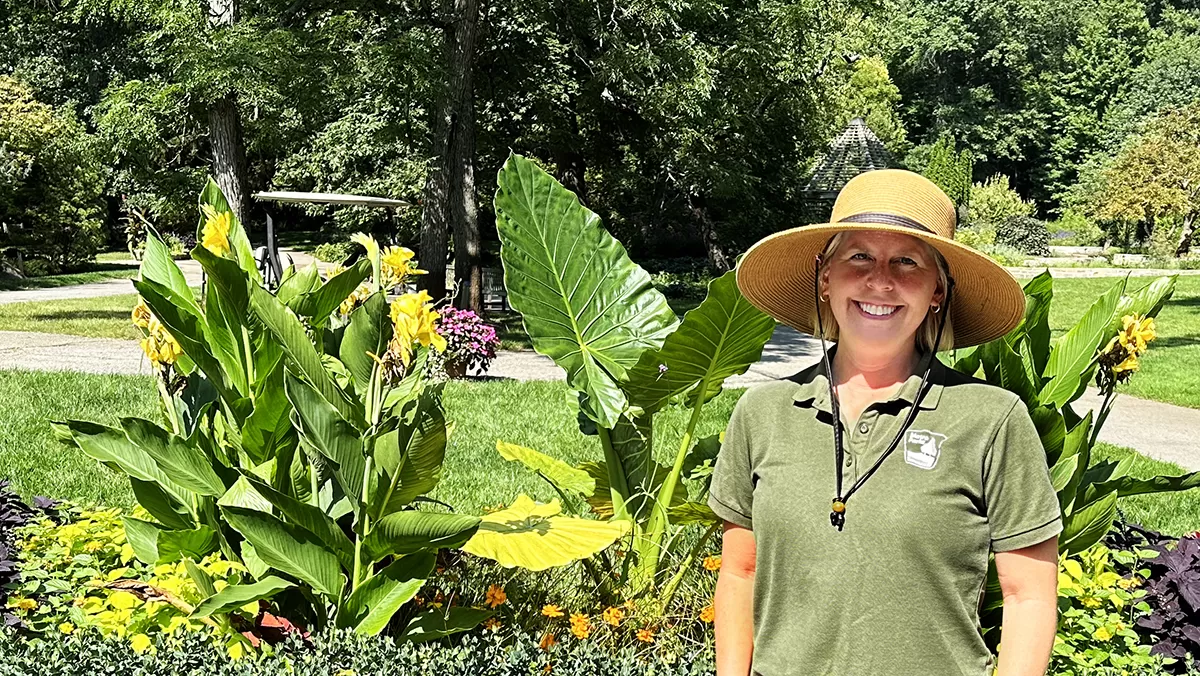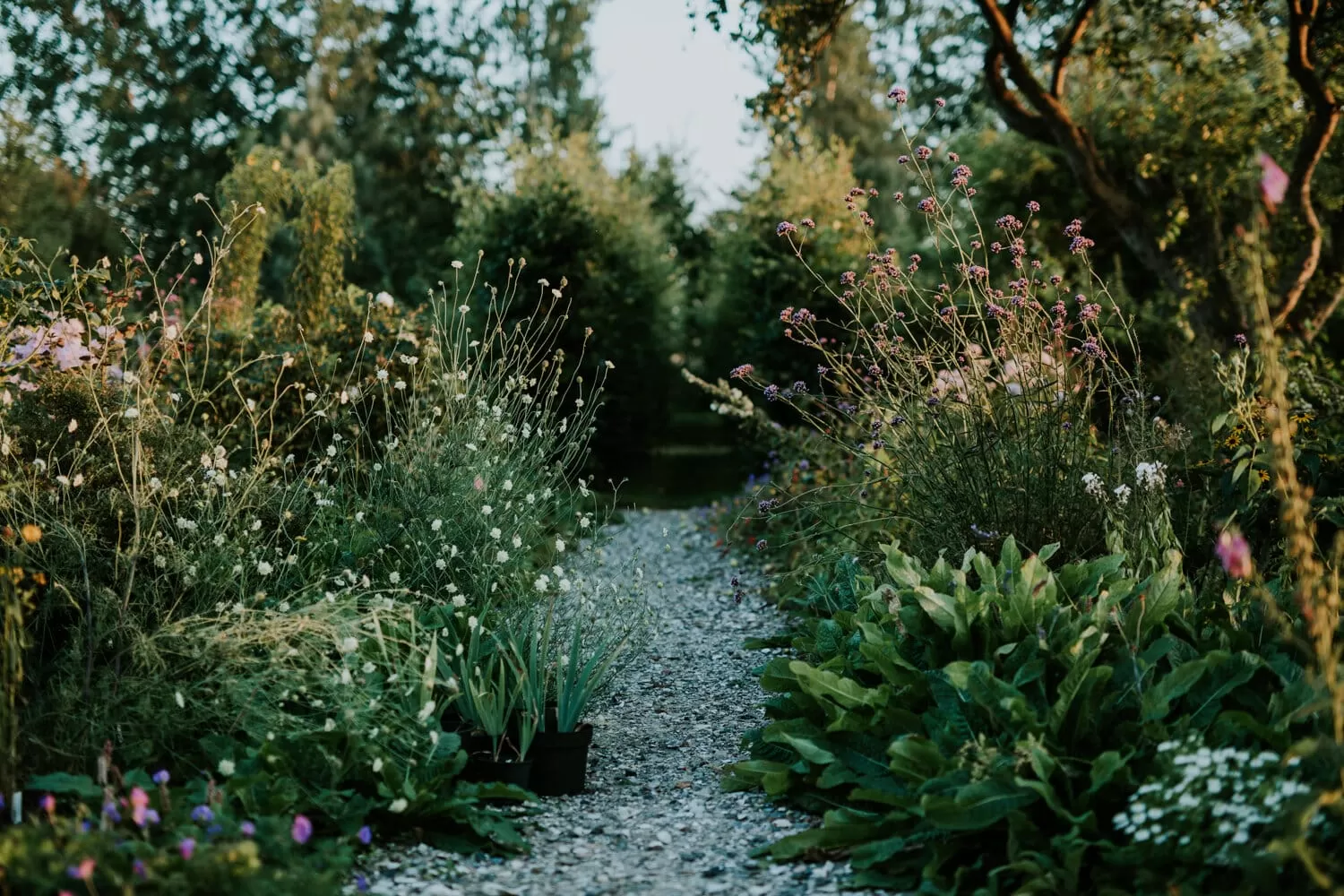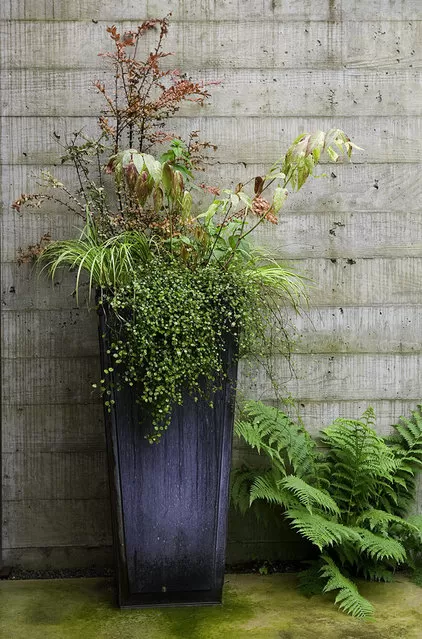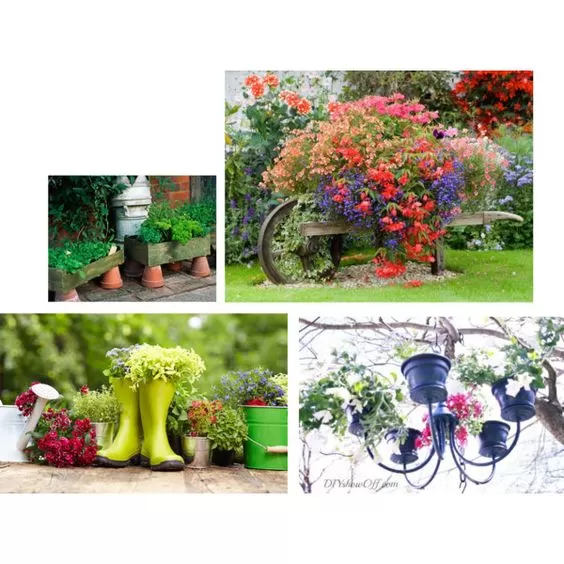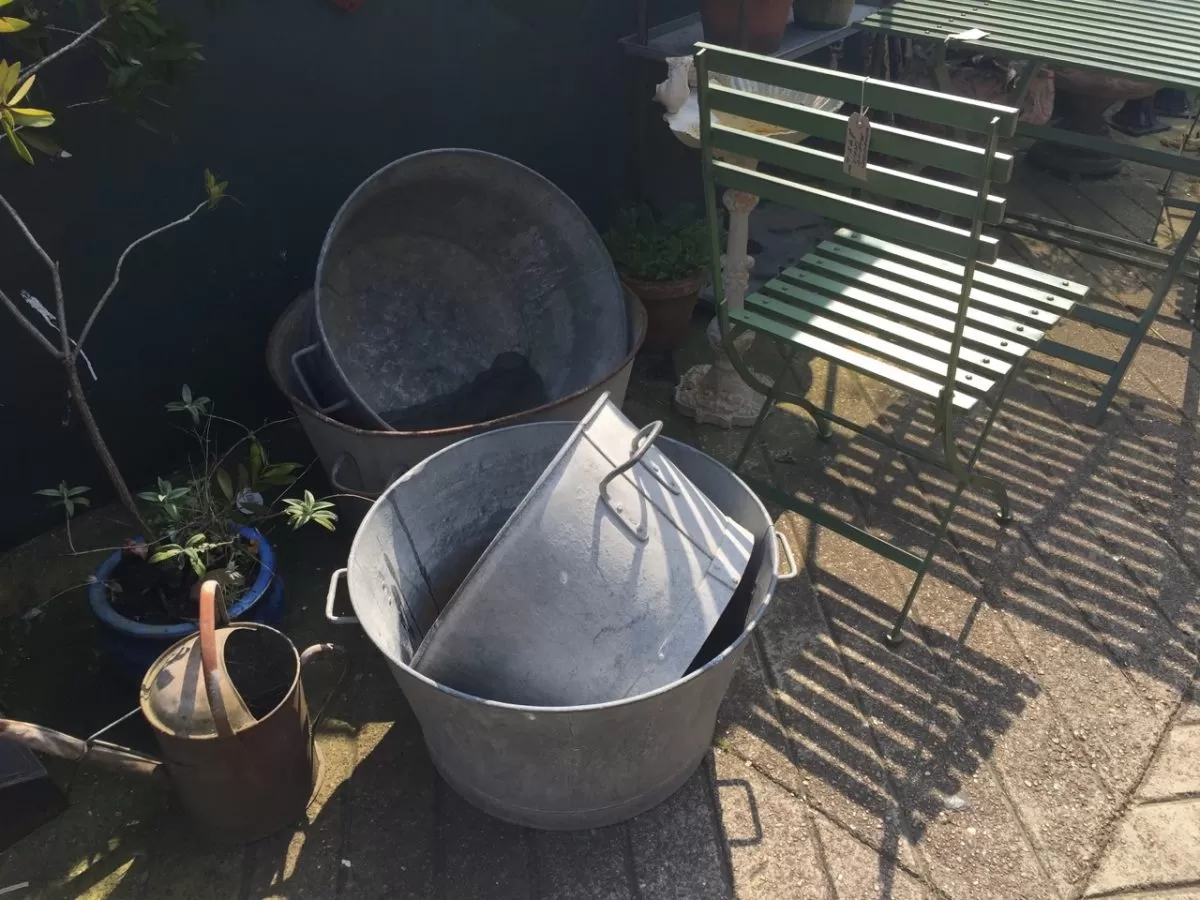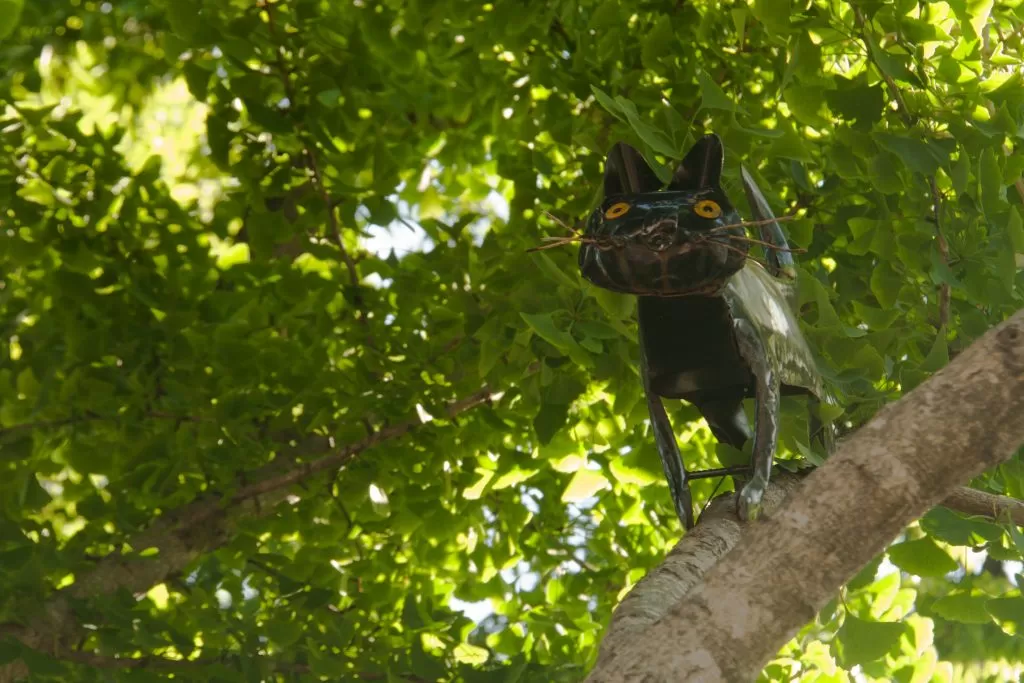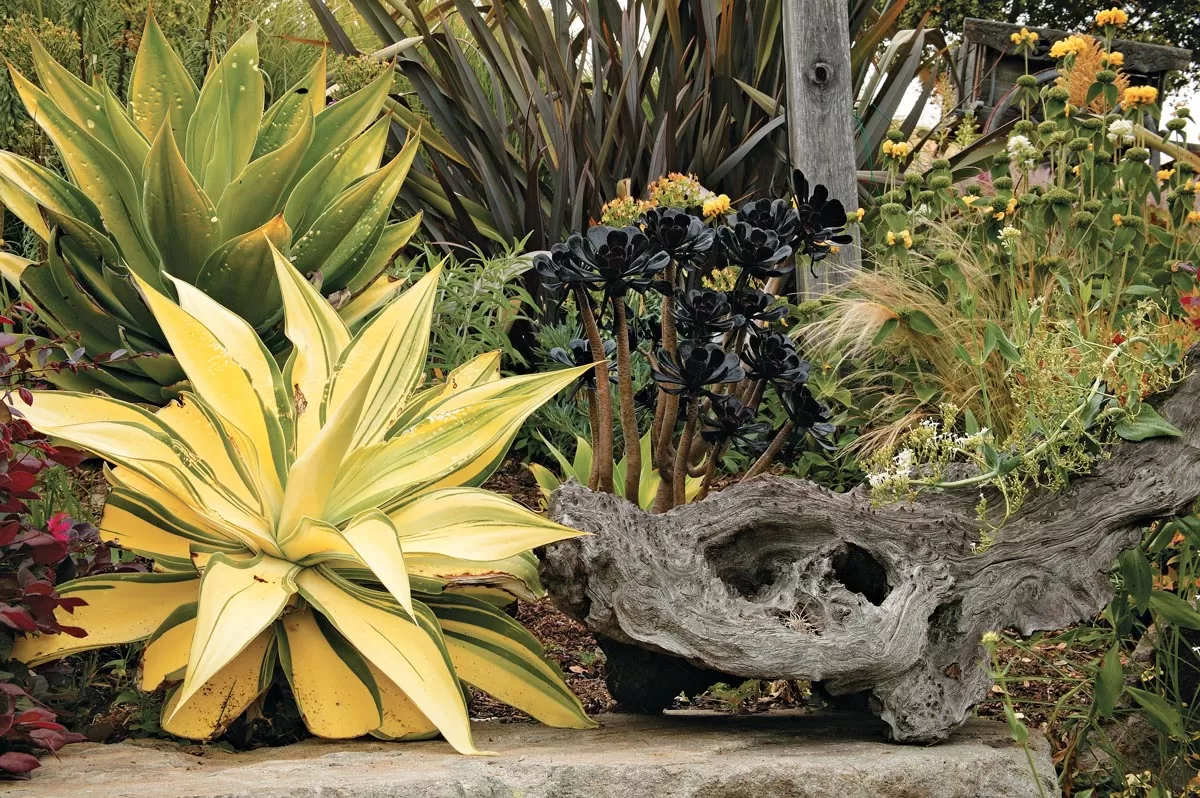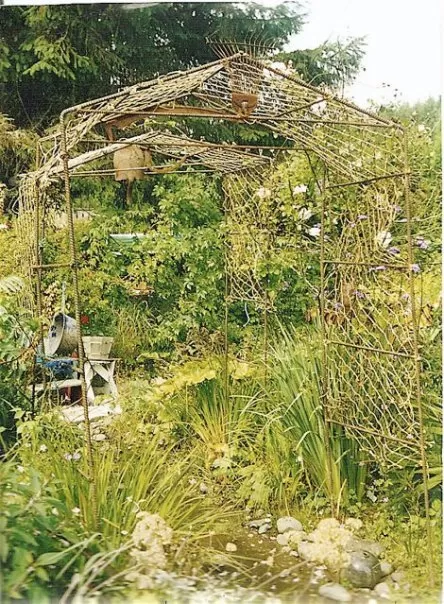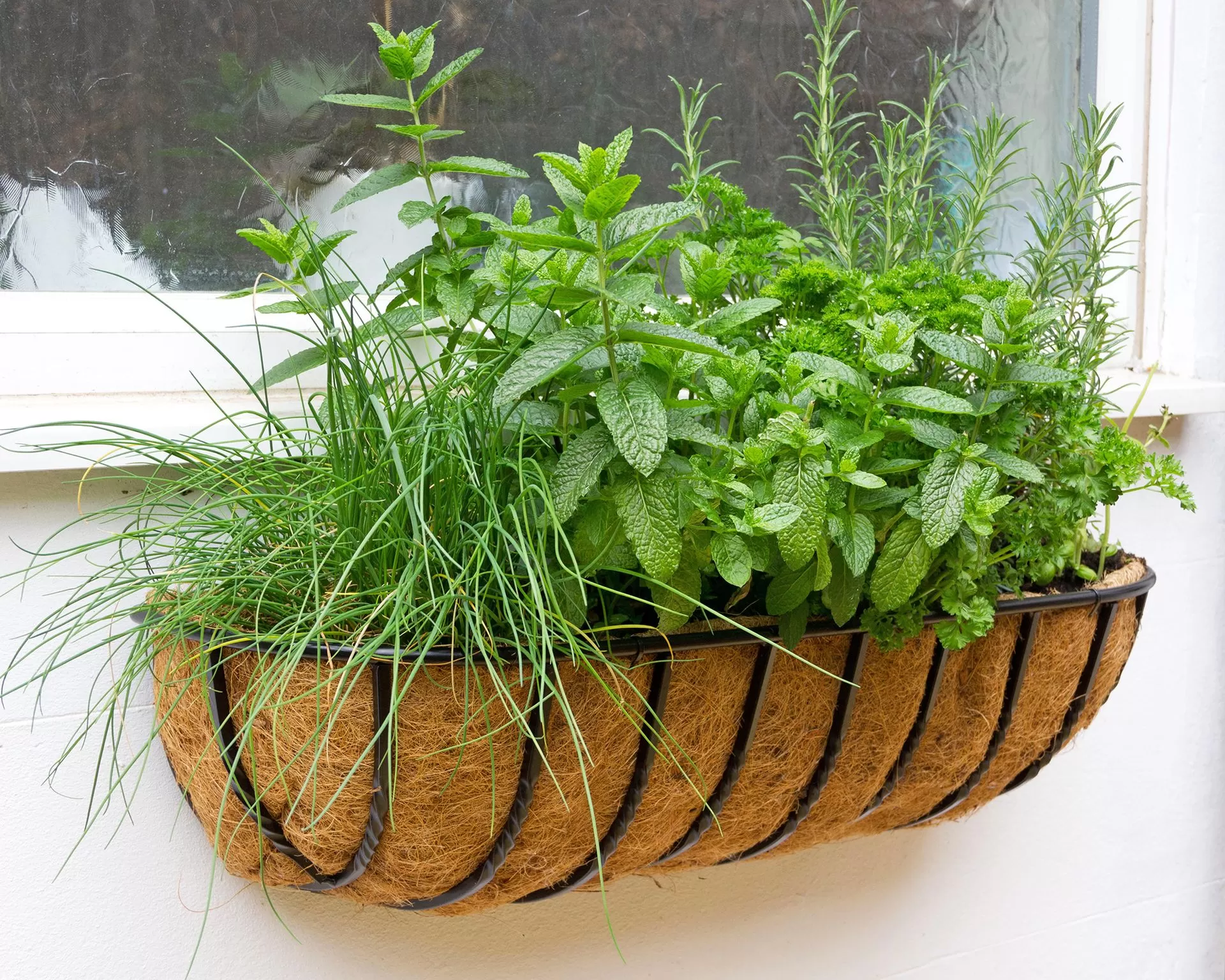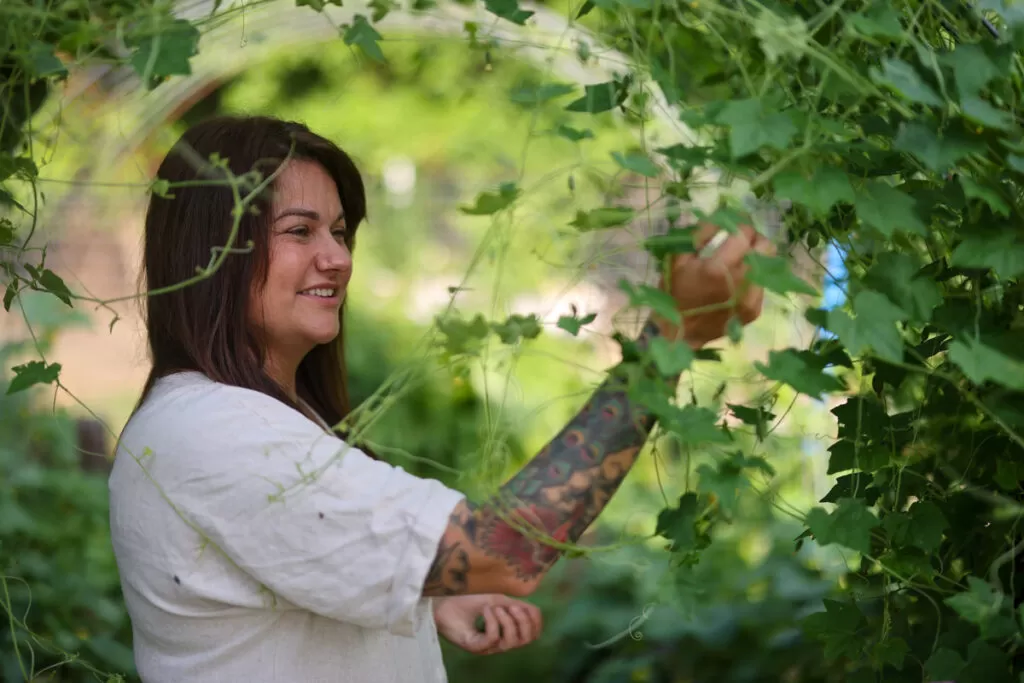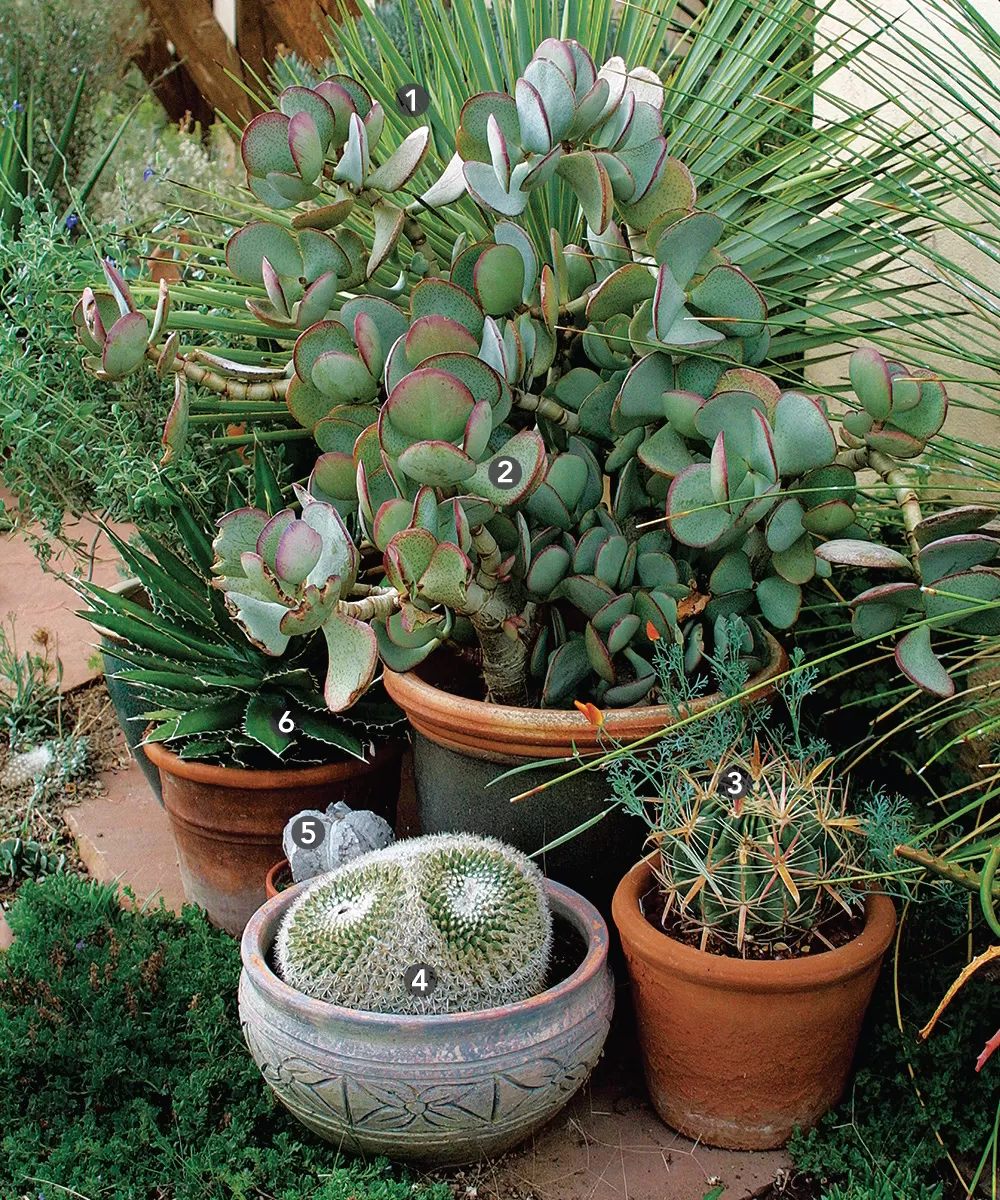- Terracotta pots offer superb drainage and breathability, making them ideal for succulents.
- Proper soil mix is crucial: think gritty and fast-draining.
- Mastering watering in terracotta prevents common succulent problems.
- Choosing the right succulents and light conditions ensures vibrant growth.
- Creative arrangements turn simple pots into beautiful focal points.
There’s a unique charm to terracotta pots. Their warm, earthy tones and classic feel bring a touch of rustic beauty to any space. For those of us who adore the low-maintenance appeal and striking forms of succulents, pairing them with terracotta is a match made in garden heaven. Unlike some moisture-loving plants that struggle in porous clay, succulents thrive on its ability to wick away excess water, preventing the dreaded root rot. Creating beautiful and healthy terracotta succulent displays is simpler than you might think, and I’m excited to share how you can achieve stunning results and enjoy these resilient beauties for years to come.
Contents
Why Terracotta is the Succulent’s Best Friend
Think about where succulents come from: often arid, dry environments. Their roots are adapted to drying out between infrequent rainfalls. Standard plastic or glazed pots hold moisture much longer. Terracotta, being porous clay, allows water to evaporate through its walls. This means the soil dries out faster, mimicking the conditions succulents prefer and significantly reducing the risk of overwatering – the number one killer of these drought-tolerant gems.
Choosing unglazed terracotta is key. The porous nature is lost with glazing. The pots also provide good weight, helping to prevent top-heavy succulents from tipping over. Plus, they develop a lovely patina over time, adding character to your display.
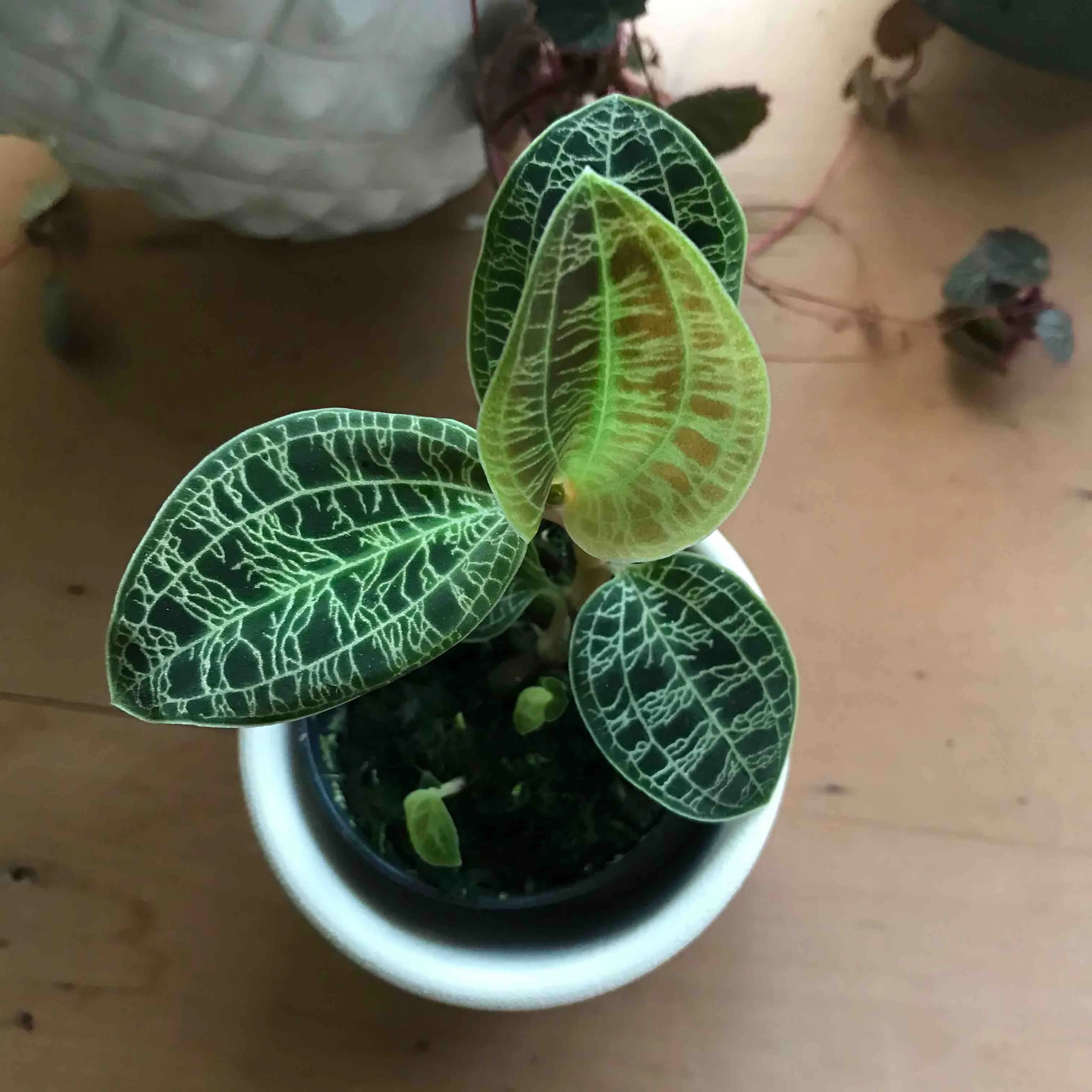 Close up of vibrant red-veined Fittonia nerve plant foliage, showcasing intricate leaf patterns ideal for diverse indoor plant displays.
Close up of vibrant red-veined Fittonia nerve plant foliage, showcasing intricate leaf patterns ideal for diverse indoor plant displays.
Building Your Display: Soil and Pots
Starting with the right foundation is crucial. For succulents in terracotta, never use standard potting soil straight from the bag. It holds too much moisture. Instead, create a gritty, fast-draining mix. You can buy pre-made succulent/cactus mix, or amend regular potting soil (about 50%) with inorganic materials like perlite, pumice, or coarse sand (the other 50%). This ensures water flows freely and air circulates around the roots.
When selecting pots, ensure they have a drainage hole at the bottom. This is non-negotiable for succulents in any pot, but especially in terracotta where the drainage is one of the main benefits. Don’t worry about putting gravel or pot shards at the bottom; this actually hampers drainage. Just use your well-draining soil mix directly in the pot.
 Detailed view of bright pink veining on a Fittonia (Nerve Plant) leaf, illustrating colorful houseplant varieties often used in decorative pots.
Detailed view of bright pink veining on a Fittonia (Nerve Plant) leaf, illustrating colorful houseplant varieties often used in decorative pots.
Watering Wisdom for Terracotta
This is perhaps the most critical part of succulent care, especially in terracotta. Because the pots help with drainage, you might think you can water more often, but the key is when and how much.
Wait until the soil is completely dry before watering. You can check this by sticking your finger about an inch or two into the soil, or by lifting the pot – a dry pot will feel significantly lighter than a wet one. When it’s time to water, water thoroughly until water runs out the drainage hole. This ensures all the roots get access to moisture. Discard any water that collects in a saucer underneath within 30-60 minutes. Succulents hate sitting in soggy soil.
The frequency of watering depends on many factors: the size of the pot, the size of the plant, the type of succulent, the soil mix, and crucially, the environment (light, temperature, humidity). In warmer, brighter conditions, you might water every 1-3 weeks. In cooler, darker conditions, it might be once a month or even less. Pay attention to your plant and the soil dryness, not a calendar schedule.
 Text snippet discussing the naming of Fittonia plants after Elizabeth and Sarah Mary Fitton, highlighting the rich history of houseplant cultivation.
Text snippet discussing the naming of Fittonia plants after Elizabeth and Sarah Mary Fitton, highlighting the rich history of houseplant cultivation.
Light: The Sunshine Essential
Most succulents crave bright light. Without enough light, they will stretch out (etoliate) becoming leggy and weak as they desperately search for more sun. A south or west-facing window is often ideal indoors. If placing them outdoors, introduce them gradually to direct sun to prevent leaf burn.
The amount of light affects everything, including how quickly your soil dries out in your terracotta pot and therefore how often you need to water. More light means more frequent watering. If you notice your succulent stretching or losing vibrant color, it’s likely not getting enough light.
 Side-by-side comparison showing the significant growth and color change of a Fittonia nerve plant over time in a pot.
Side-by-side comparison showing the significant growth and color change of a Fittonia nerve plant over time in a pot.
 A healthy Fittonia nerve plant thriving in a small pot, demonstrating successful growth in a container.
A healthy Fittonia nerve plant thriving in a small pot, demonstrating successful growth in a container.
Designing Your Terracotta Succulent Displays
Now for the fun part – arranging! Terracotta offers a beautiful, neutral backdrop that lets the unique shapes, textures, and colors of succulents shine.
- Single Specimens: A single, striking succulent like a large Echeveria or an Aloe in a simple terracotta pot can be a powerful statement piece.
- Groupings: Arrange pots of varying sizes and heights together. The uniform material creates cohesion while the different plants add interest.
- Mixed Plantings: Combine several succulent varieties in one larger terracotta container. Choose plants with similar light and watering needs. Mix upright plants with trailing ones for dynamic texture. Consider adding a layer of decorative gravel or sand on top of the soil for a clean, finished look.
- Hanging Displays: Smaller terracotta pots can be hung, creating vertical interest. Just ensure they are secure and easy to water.
Think about scale and proportion. A small succulent might get lost in a huge pot, while a large plant in a tiny pot will dry out too quickly. Match the pot size to the plant size, allowing a little room for growth (usually just 1-2 inches wider than the plant’s root ball).
 Title image for a plant care guide, featuring vibrant Fittonia nerve plant foliage, representative of diverse houseplants in pots.
Title image for a plant care guide, featuring vibrant Fittonia nerve plant foliage, representative of diverse houseplants in pots.
Popular Succulent Species for Terracotta Displays
Here are a few tough and beautiful succulents that do wonderfully in terracotta pots:
-
Echeveria
- Scientific Name: Echeveria spp.
- Common Name: Echeveria, Hens and Chicks
- Zone: 9-11 (indoors or protected outdoors elsewhere)
- Light: Full sun to bright indirect light
- Humidity: Low
- Water: Water when soil is completely dry
-
Sedum
- Scientific Name: Sedum spp.
- Common Name: Stonecrop
- Zone: Varies by species (many are cold hardy, some tropical)
- Light: Full sun to partial sun
- Humidity: Low to moderate
- Water: Water when soil is completely dry
-
Haworthia
- Scientific Name: Haworthia spp.
- Common Name: Zebra Plant, Window Pane Plant
- Zone: 9-11 (indoors elsewhere)
- Light: Bright indirect light (can burn in direct sun)
- Humidity: Low to moderate
- Water: Water when soil is completely dry
-
Sempervivum
- Scientific Name: Sempervivum spp.
- Common Name: Hens and Chicks (distinct from Echeveria), Houseleek
- Zone: 3-8 (cold hardy)
- Light: Full sun
- Humidity: Low
- Water: Water when soil is completely dry (less frequent than many other succulents)
 Fittonia ground cover habit observed in a botanic garden setting, showing its natural sprawling form.
Fittonia ground cover habit observed in a botanic garden setting, showing its natural sprawling form.
 Large-leaved Fittonia gigantea with a hand for scale, illustrating the variety of foliage sizes found in the plant world.
Large-leaved Fittonia gigantea with a hand for scale, illustrating the variety of foliage sizes found in the plant world.
Addressing Common Issues
Even with the perfect terracotta pot, problems can arise.
- Overwatering: The most common issue. Signs include mushy, yellowing leaves, or the plant feeling soft. If caught early, stop watering immediately and let the soil dry out completely. In severe cases, you might need to repot into dry soil after letting the roots air out for a day. Terracotta significantly helps prevent this, but it’s still possible.
- Underwatering: While less common with succulents, prolonged dryness can cause leaves to wrinkle, pucker, or become crispy. A good soak until water drains out will usually revive them, though severely damaged leaves may not recover.
- Pests: Mealybugs and spider mites can occasionally bother succulents. Inspect your plants regularly. If you see pests, isolate the plant and treat with rubbing alcohol on a cotton swab or a suitable horticultural spray, ensuring the product is safe for succulents. Healthy plants are less susceptible.
 Healthy Fittonia nerve plant in a terra cotta colored pot (cache pot), demonstrating vibrant foliage color.
Healthy Fittonia nerve plant in a terra cotta colored pot (cache pot), demonstrating vibrant foliage color.
 View of Fittonia nerve plant in a pot with lush, veined leaves, suitable for indoor display.
View of Fittonia nerve plant in a pot with lush, veined leaves, suitable for indoor display.
Seasonal Care
Succulents typically have a growing season (often spring/summer) and a dormant season (often winter). Adjust your care based on the season. During dormancy, plants need less water and no fertilizer. Fertilize only during the growing season with a diluted succulent-specific fertilizer, perhaps once or twice. Repotting is best done at the start of the growing season if the plant is outgrowing its pot.
 Bottom watering technique used for a potted Fittonia plant, showing a method for providing moisture.
Bottom watering technique used for a potted Fittonia plant, showing a method for providing moisture.
 Plant pots placed on a watering tray to absorb moisture from the bottom, a method for consistent hydration.
Plant pots placed on a watering tray to absorb moisture from the bottom, a method for consistent hydration.
Conclusion
Creating beautiful terracotta succulent displays is a rewarding way to add easy-care greenery to your home or garden. By understanding the unique benefits of terracotta pots, using the right soil, and mastering the art of watering based on your plant’s needs and environment, you can keep your succulents happy and healthy. Don’t be afraid to experiment with different succulent varieties and arrangements. Each plant is a little piece of living art, and showcasing them in classic terracotta is a timeless choice.
What are your favorite succulents to grow in terracotta? Share your tips and experiences in the comments below, or explore more plant care guides on our site!
 Extreme close-up highlighting the intricate vein patterns and texture of Fittonia nerve plant leaves.
Extreme close-up highlighting the intricate vein patterns and texture of Fittonia nerve plant leaves.


